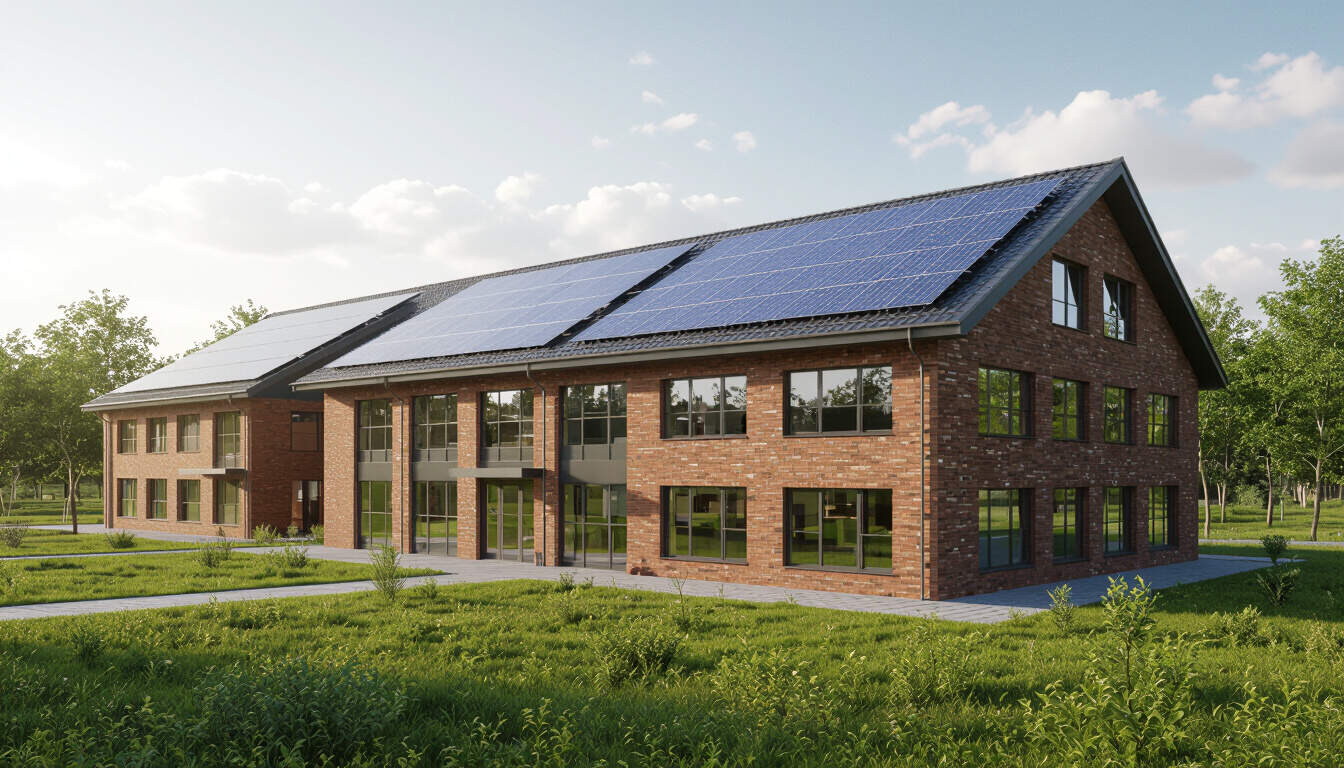Strategies for Energy Efficiency in Schools
 by Verner Mayer
by Verner Mayer
Energy efficiency in schools offers significant cost savings and environmental benefits. By implementing practical measures like LED lighting and renewable sources, institutions can reduce expenses and promote sustainability. Real-world examples show measurable improvements in energy management.

Energy efficiency plays a key role in school operations, helping to lower costs and support environmental goals. In schools, energy efficiency can lead to substantial reductions in utility bills, freeing up funds for educational resources.
One effective approach involves upgrading lighting systems. Many schools still use outdated incandescent bulbs, which consume more electricity than necessary. Switching to energy-efficient LED options can cut consumption by up to 75 percent. This change not only reduces expenses but also creates a brighter learning environment for students.
Another strategy focuses on heating and cooling. Schools often have large buildings with inconsistent temperature control, leading to wasted energy. Installing programmable thermostats allows for better management of HVAC systems. For instance, these devices can adjust settings based on occupancy, ensuring systems run only when needed and avoiding unnecessary usage.
Water conservation also contributes to overall efficiency. In school facilities, leaks and inefficient fixtures add to energy demands, particularly for water heating. Simple upgrades, such as low-flow faucets and toilets, can conserve water and reduce the energy required for heating it. This approach supports broader sustainability efforts and can result in long-term savings.
Practical Implementation Steps
To achieve energy efficiency in schools, a structured plan is essential. First, conduct an energy audit to identify areas of high consumption. This assessment provides data on where improvements can be made, such as in lighting or insulation.
Following the audit, prioritize low-cost changes. For example, behavioral adjustments like turning off lights in unused rooms can yield immediate results. Schools can encourage staff and students to participate through awareness programs, fostering a culture of conservation.
Investing in renewable energy sources is another step. Solar panels, for instance, offer a sustainable solution for schools with adequate roof space. By generating their own electricity, institutions can decrease reliance on the grid and potentially sell excess power back to utilities.
Case Studies in Action
Several schools have demonstrated success with these strategies. A primary school in California implemented LED lighting and solar installations, resulting in a 40 percent drop in energy use over two years. This initiative not only lowered costs but also served as an educational tool, teaching students about renewable resources.
In another example, a high school in the Midwest upgraded its HVAC systems and added insulation. These changes led to a 25 percent reduction in heating costs during winter months. The school used the savings to fund additional programs, showing how energy efficiency can directly benefit educational outcomes.
Emerging Trends in Energy Efficiency
New developments are shaping the future of energy management in schools. Smart building technologies, such as automated systems that monitor energy use in real time, are becoming more accessible. These tools provide insights into consumption patterns, allowing for proactive adjustments.
Policy support is also growing. Government incentives and grants make it easier for schools to adopt efficient practices. For example, programs offering rebates for energy-efficient upgrades help offset initial investments, making projects more feasible.
Additionally, integration with curriculum is an emerging trend. Schools are incorporating energy education into lessons, helping students understand the impact of their actions. This not only promotes efficiency but also prepares the next generation for sustainable practices.
In summary, pursuing energy efficiency in schools involves a combination of upgrades, education, and planning. By adopting these measures, institutions can achieve financial savings and contribute to environmental health. The examples highlighted show that with committed efforts, significant progress is possible.
- Benefits of energy audits: Identify waste and prioritize actions.
- Renewable options: Solar and wind for long-term gains.
- Community involvement: Engage students and staff for lasting change.
